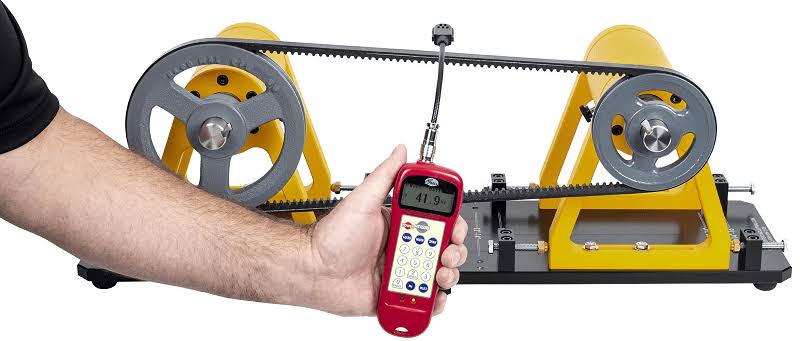
Proper alignment of machinery is crucial for prolonging equipment life and enhancing operational efficiency. Among the many methods available, using a laser pulley alignment tool has become a preferred approach due to its accuracy and ease of use. This article provides a comprehensive guide on how to properly set up and use a laser pulley alignment tool, ensuring optimal performance of your machinery.
Understanding the Importance of Proper Alignment
Before diving into the setup and usage of the alignment tool, it’s essential to understand why alignment is critical. Misalignment in rotating machinery can lead to increased vibration, premature wear of parts, increased energy consumption, and even unexpected downtime. Correct alignment, especially through precise methods like laser shaft alignment, is vital for avoiding these issues and maintaining the health and efficiency of your equipment.
Choosing the Right Laser Pulley Alignment Tool
Assess Your Needs
Begin by assessing the specific requirements of your machinery. Consider the types of machines you have, the typical operational demands, and the environment in which they operate. This assessment will help you choose the right model and specifications for a laser pulley alignment tool.
Consider Tool Features
Look for features that enhance usability and accuracy. Essential features might include dual-axis targets, wireless communication, and built-in machine templates. The capability to store data and integrate with analysis software can also be beneficial for ongoing maintenance and monitoring.
Setting Up Your Laser Pulley Alignment Tool
Step 1: Prepare Your Workspace
Ensure that the area around the machinery is clean and stable. Remove any obstacles that might interfere with the alignment process. Good lighting and a clean environment will help reduce errors during setup.
Step 2: Mount the Laser and Sensor
Carefully mount the laser emitter on one of the shafts or pulleys you wish to align. Secure the sensor on the opposite shaft or pulley. It’s critical that both the laser and the sensor are securely attached to avoid any measurement errors caused by movement during the alignment process.
Step 3: Power and Calibration
Power up the tool and calibrate it according to the manufacturer’s instructions. Calibration is essential for accurate measurements. Most modern tools have simplified calibration processes that are user-friendly.
Using the Laser Pulley Alignment Tool
Step 1: Initial Measurement
Once the tool is set up and calibrated, initiate the first measurement. This will usually involve aligning the laser beam with the targets on the sensor. The initial measurement will give you a baseline of how misaligned the pulleys are.
Step 2: Analyze the Data
Examine the data provided by the alignment tool. Modern laser aligners display detailed diagnostics that interpret the degree of misalignment in both horizontal and vertical planes. Use this data to plan your adjustment strategy.
Step 3: Adjust the Pulleys
Based on the analysis, adjust the pulleys according to the alignment recommendations. This might involve shifting the position of one or both pulleys, adjusting tension, or realigning an entire motor setup. Make incremental changes and re-measure to ensure each adjustment is moving the alignment toward the optimal position.
Step 4: Verification
After adjustments, perform another measurement to verify that the pulleys are correctly aligned. It may take several iterations of adjusting and measuring to achieve perfect alignment.
Best Practices and Tips
- Regular Monitoring: Regularly check the alignment of your machinery as part of routine maintenance. Even small shifts can lead to inefficiencies and wear over time.
- Training and Expertise: Ensure that personnel responsible for machinery maintenance are properly trained in using laser alignment tools. Misuse of sophisticated equipment can lead to inaccurate results.
- Safety First: Always adhere to safety protocols. Ensure all machinery is powered down and properly locked out before attempting any alignment procedures.
Conclusion
Properly setting up and using a laser pulley alignment tool is not only about following the steps but understanding the impact of each action on the machinery’s operational efficiency. By embracing a meticulous approach to alignment, you can significantly enhance the lifespan and performance of your equipment. Remember, for specific solutions like laser shaft alignment, precision is key. Investing the time to do it right pays off in extended equipment life and reduced repair costs.
